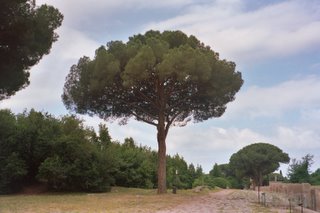I recently posted an article on the revised AP Latin curriculum including some letters of Pliny the Younger in lieu of lengthy passages of the Julius Caesar's Commentarii de Bello Gallico.
I have long been a fan of Pliny and count him as my favorite writer of Latin prose. As I recounted in my earlier post, I had planned to create and distribute some handouts for teachers, only to discover that excellent and worthy materials were already available from Geoffrey Steadman.
Instead of giving up on my project completely, I decided that I would redirect my efforts to offer suggestions and materials for the "Teacher's Choice Prose" section (see image above). I agree with most of the choices that the College Board has made for Pliny, but also feel that they left out some interesting and iconic letters (the titles are my own):
- I.1: Publishing My Letters - A good lead-in to Pliny's epistles as he writes about how he collected his works and made them available for publication. I have always liked reading about what authors have to say about their own work and other authors (see III.21 below).
- I.6: Making the Most of the Hunt - A fun letter in which Pliny makes the most out of his hunting trip and uses it as an opportunity to get all sorts of work done.
- III.21: Lamenting the Death of Martial - Pliny's letter recalling his friend Martial and his character, and it seems Martial was quite the character.
- IV.19: She Really Loves Me! - A touching letter in which Pliny describes the relationship with his wife and how much she cares for him and loves him.
- X.96: What Do I Do about the Christians? - A truly iconic letter in which Pliny, as governor of the province of Bithynia, writes to the Emperor Trajan and asks for the proper procedure for handling those who have been accused of being Christians.
- X.97: Handling the Christians - Trajan's thoughtful and straightforward response to Pliny.





